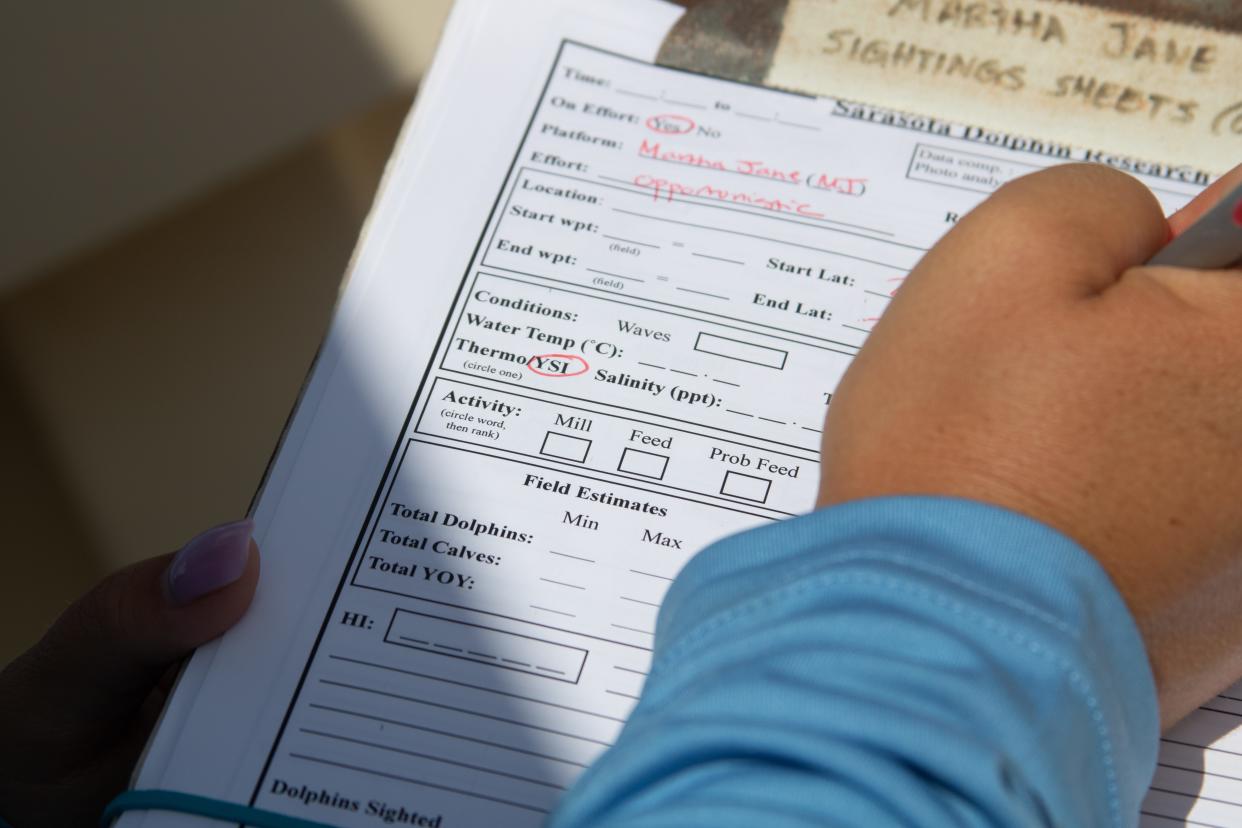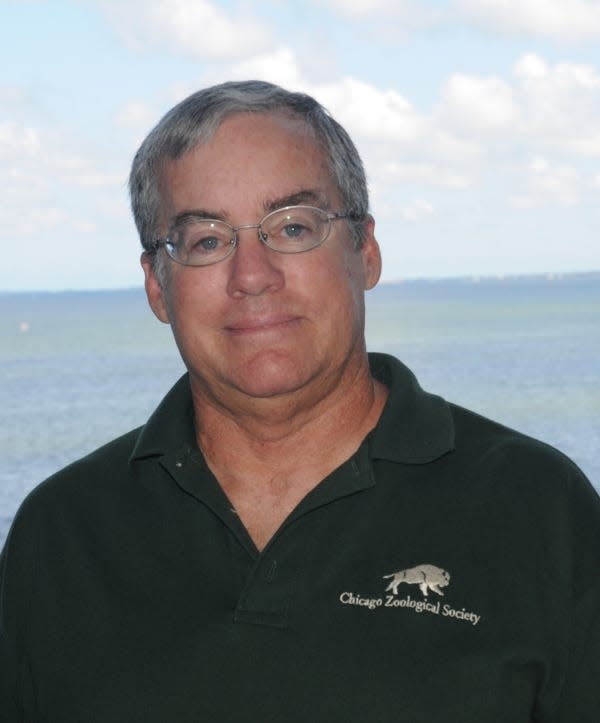From modest start, SDRP evolves into complex research, conservation and education program

Growing up in landlocked Illinois, marine biology and oceanography may not have been Dr. Randall Wells’ first career choice. But with an annual family vacation to Florida each year, young Wells quickly developed an affinity for marine studies.
“In the middle of high school, my family was able to move to Sarasota … not far from where I live now. I went to Riverview High School for my junior and senior years. I was able to take classes in marine biology and oceanography and get to know the Mote Marine Laboratory,” Wells said.

Through a professional connection his father had, Wells secured a summer internship with Dr. Blair Irvine, who helped Wells found the Sarasota Dolphin Research Program. Irvine, though retired, continues to manage the website and serve as president of the nonprofit Dolphin Biology Research Institute.
The SDRP provides an opportunity for scientists to study marine mammal interactions in a natural laboratory setting that, for many of these animals, only exists in Sarasota Bay.
“We’re getting to learn a lot about how the human population in Sarasota influences animals, and we are really able to be stewards for marine mammals in general because there are very few places that have the knowledge that we have here in Sarasota,” said research assistant Kylee DiMaggio.
Since the SDRP began in 1989, it has evolved from its modest beginnings to a complex research, conservation and education program.
The program has employed 480 interns, hosted more than 200 international colleagues and students who have attempted to replicate the natural laboratory concept in their own ecosystems, mentored 98 graduate students who have performed their capstone research in partnership, and welcomed more than 1,000 citizen scientists visiting to learn about dolphin conservation.
“It’s great for us to know how the animals act in the wild so that we can make suggestions for how they are managed in care facilities to make sure that animals [there] have the best and most natural life possible,” said DiMaggio.
This story is courtesy of the Community News Collaborative, made possible by a grant from Charles & Margery Barancik Foundation. You can reach Catherine Hicks at chicks@cncfl.org.
This article originally appeared on Sarasota Herald-Tribune: Sarasota Dolphin Research Program also provides stewardship, education

